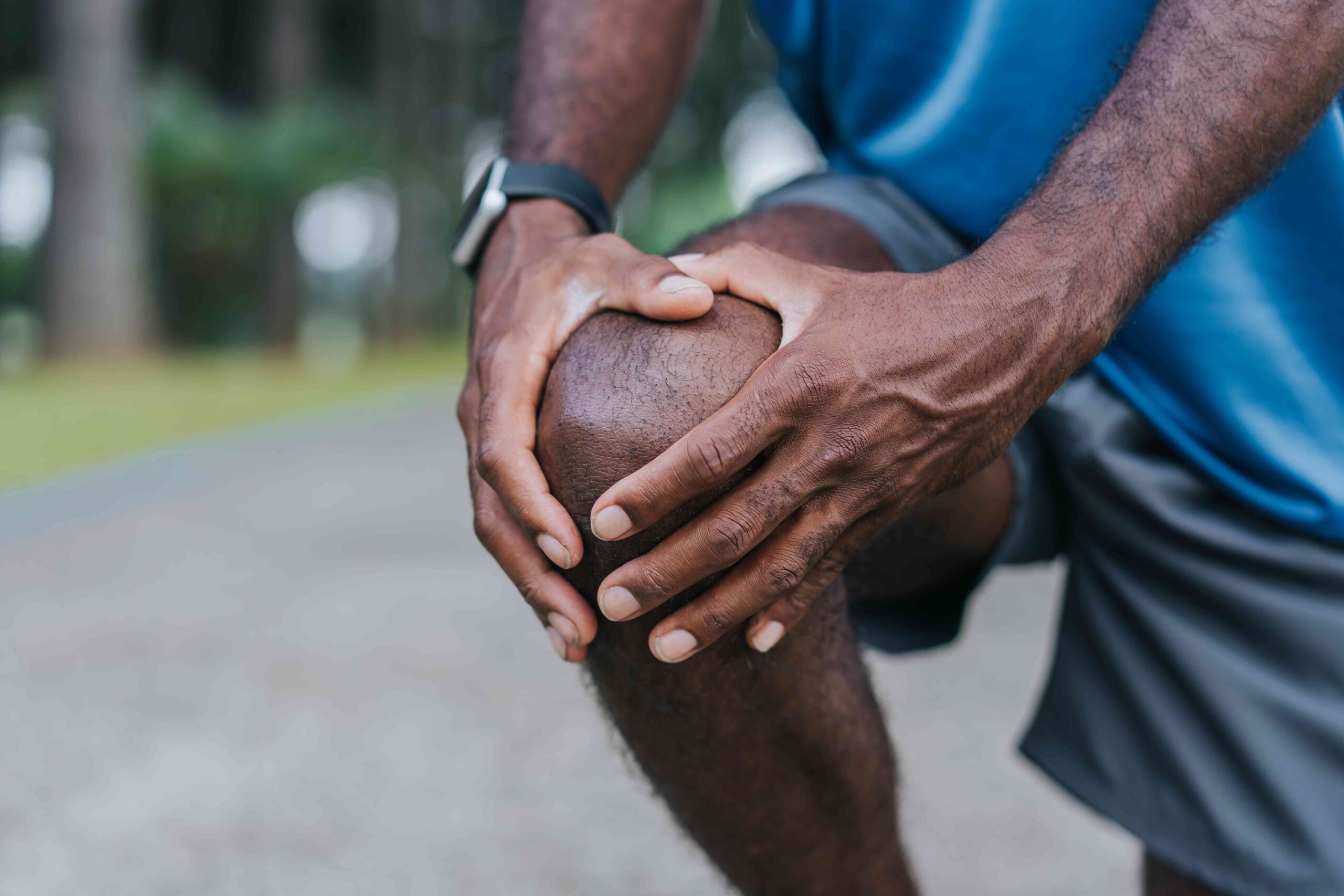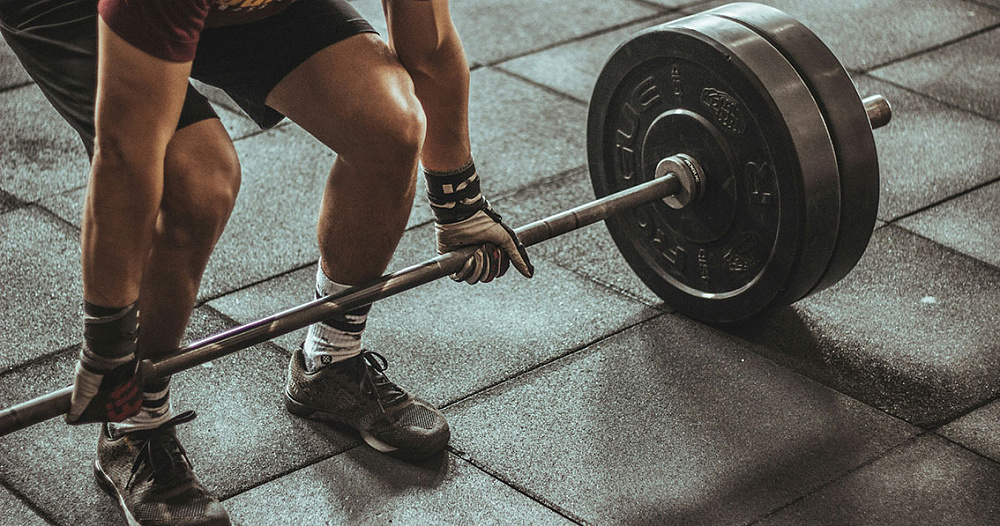Knee pain is a relentless foe, plaguing people of all ages and activity levels. It can transform simple tasks like climbing stairs or walking into a daunting challenge. This article delves into the various culprits behind knee pain, explores potential treatment options, and equips you with knowledge to get back on your feet comfortably.
Unveiling the Culprits: A Deep Dive into Knee Pain Causes
Injury Arsenal: Sprains, strains, and tears involving ligaments, tendons, or cartilage can inflict knee pain. These injuries are often inflicted by sudden twists, falls, or repetitive stress.
- Ligament Tears: The ligaments act as stabilizers for your knee joint. A sprain signifies a mild tear, while a complete tear can significantly compromise joint stability and require medical attention.
- Tendon Trouble: Tendons connect muscles to bones. Tendinitis, the inflammation of a tendon, often occurs around the kneecap (patellar tendinitis) due to overuse.
- Cartilage Catastrophe: Cartilage cushions the bones within your knee joint. Tears or degeneration of cartilage can cause significant pain and grinding sensations.
Arthritis Onslaught: This degenerative condition involves inflammation and breakdown of the joint’s cartilage.
- Osteoarthritis: The most common type, osteoarthritis is linked to aging and wear-and-tear. It can cause pain, stiffness, and swelling in the knee.
- Rheumatoid Arthritis: An autoimmune disease that attacks the joints, rheumatoid arthritis can affect multiple joints, including the knees, causing pain, inflammation, and joint deformity.
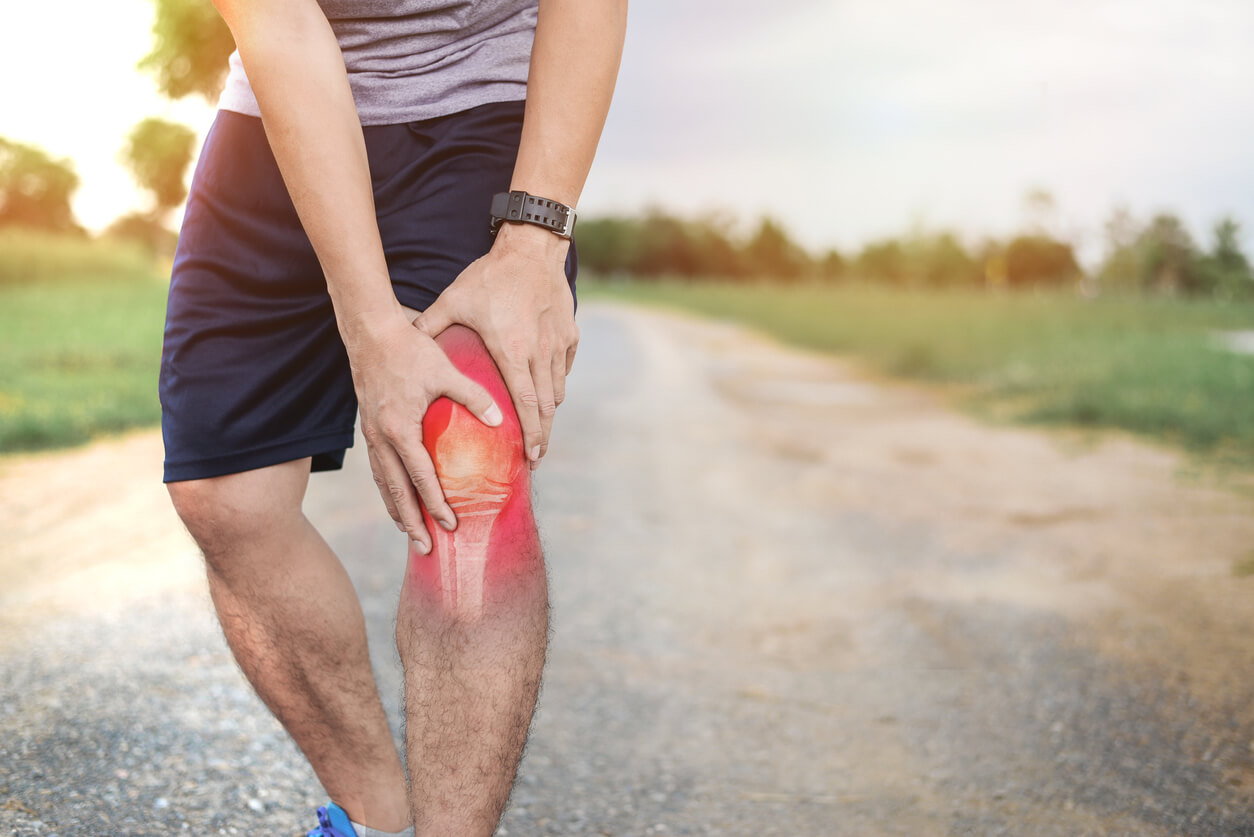
Overuse Injuries: Repetitive activities like running, jumping, or squatting can overload your knee joint, leading to conditions like:
- Patellar Tendinitis: Inflammation of the kneecap tendon, often seen in runners and jumpers.
- Bursitis: Inflammation of the fluid-filled sacs cushioning the knee joint, like prepatellar bursitis (kneecap) or pes anserine bursitis (inner knee).
- Iliotibial Band Syndrome (ITBS): Inflammation of the IT band, a tissue on the outer thigh that runs down to the shinbone, causing pain on the outer side of the knee.
Beyond the Usual Suspects: Alignment problems, baker’s cysts (fluid-filled pockets behind the knee), infections, and even weight gain can contribute to knee pain.
Combating Knee Pain: A Multi-Pronged Approach to Relief
The good news is that many knee pain cases respond well to conservative treatment, avoiding surgery. Here’s a breakdown of some effective non-surgical approaches:
- RICE Therapy: Rest, Ice, Compression, and Elevation are the pillars of initial pain management. Rest allows healing, ice reduces inflammation, compression minimizes swelling, and elevation improves circulation.
- Medication: Over-the-counter pain relievers like ibuprofen can help manage pain and inflammation. In some cases, stronger medications or injections may be prescribed by a doctor.
- Physical Therapy Powerhouse: Strengthening exercises for the muscles surrounding the knee improve stability and function. Physical therapists can also guide you through stretches to enhance flexibility and range of motion. This can help improve your posture and mechanics, reducing stress on the knee joint.
- Weight Management Matters: Maintaining a healthy weight reduces stress on your knee joints. Losing even a few pounds can significantly improve knee pain.
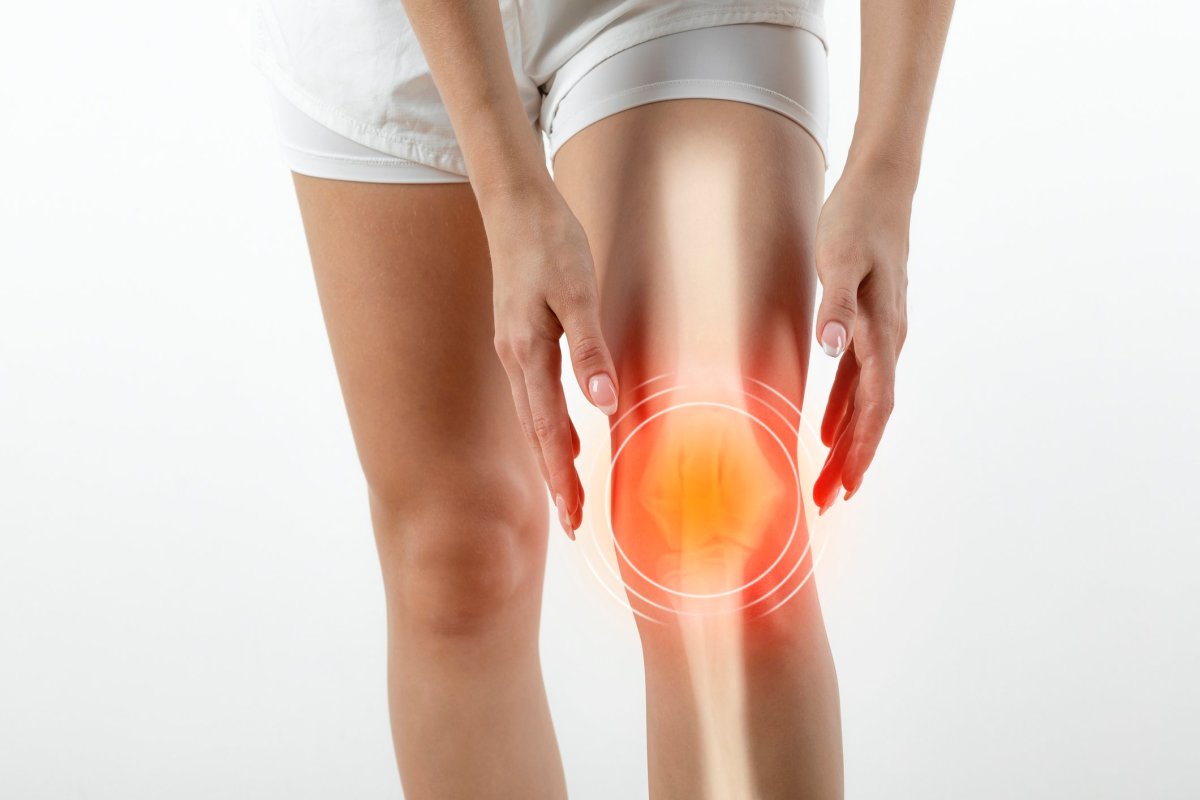
When Surgery Takes Center Stage
While non-surgical options are often successful, some cases necessitate surgical intervention. Here are some instances where surgery might be recommended:
- Conservative Treatment Roadblock: If conservative treatment fails to provide adequate relief after a reasonable trial period of several weeks or months.
- Severe Injuries: In cases of severe ligament tears, particularly those involving the ACL (anterior cruciate ligament), or complex fractures, surgery might be necessary to restore stability and function to the knee.
- Cartilage Concerns: When significant cartilage damage necessitates repair or replacement. Techniques like arthroscopy (minimally invasive surgery) can be used for cartilage repair, while knee replacements may be considered for severe arthritis.
Prevention is Key: Keeping Your Knees Happy and Healthy
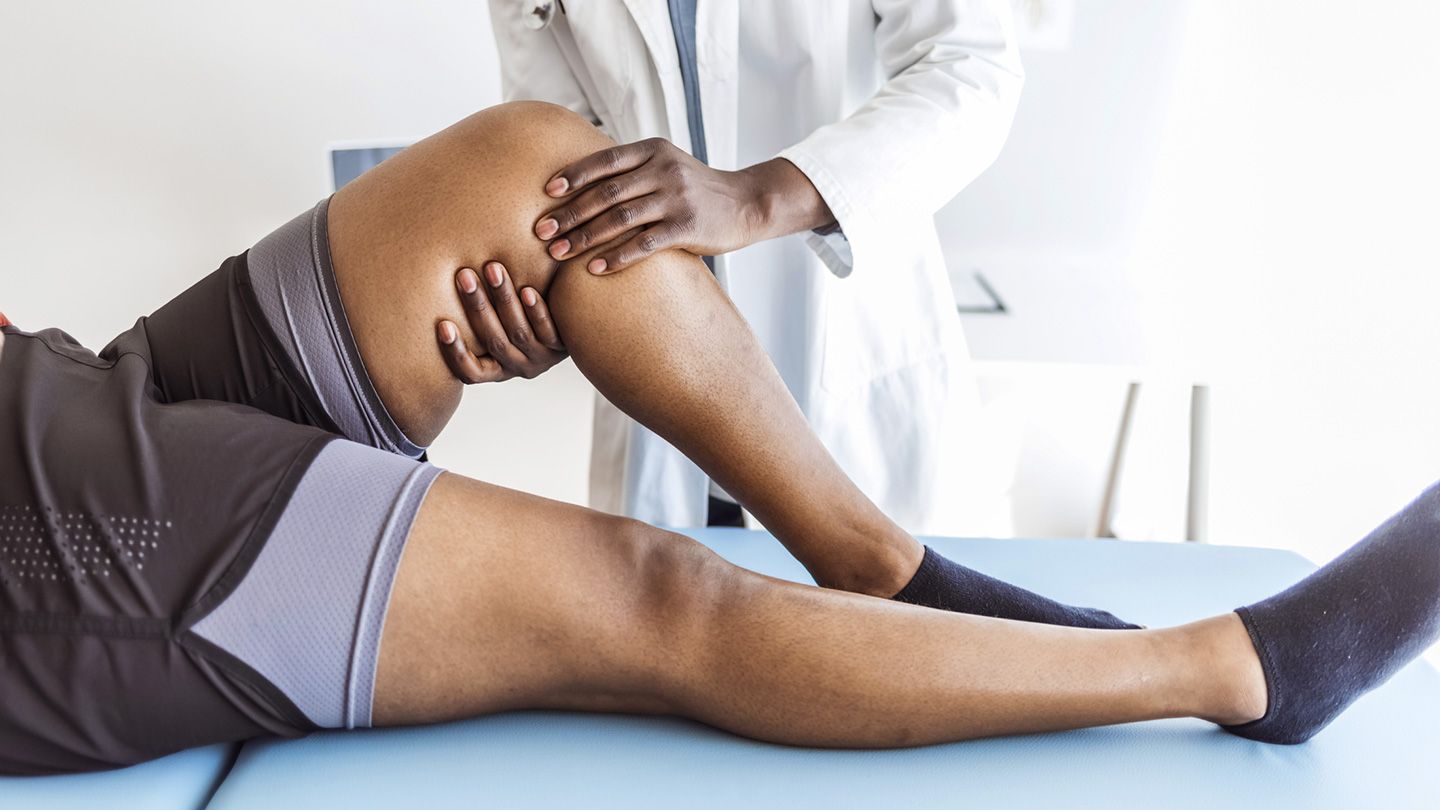
By incorporating these tips into your routine, you can significantly reduce your risk of knee pain:
- Maintain a healthy weight.
- Warm up before exercise and cool down afterward. This helps prepare your muscles and joints for activity and reduces the risk of injury.
- Choose low-impact exercises like swimming or cycling. These activities provide a great workout without putting excessive stress on your knees.
- Invest in proper footwear with good arch support. Proper footwear can help maintain proper alignment and absorb shock during activities.
- Strengthen the muscles around your knees. Strong quadriceps, hamstrings, and calves can improve knee stability and function.
